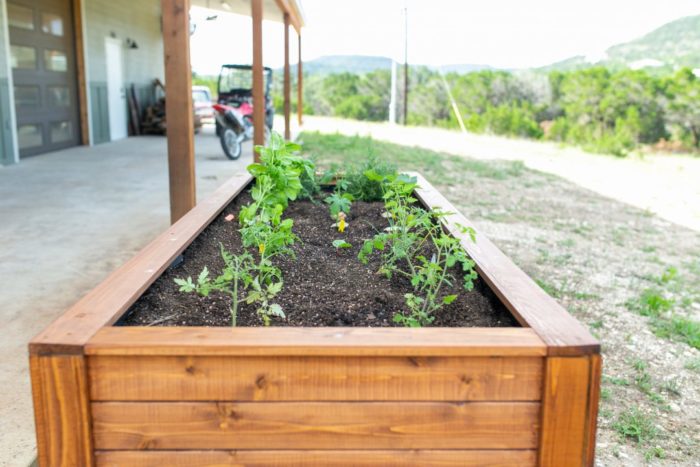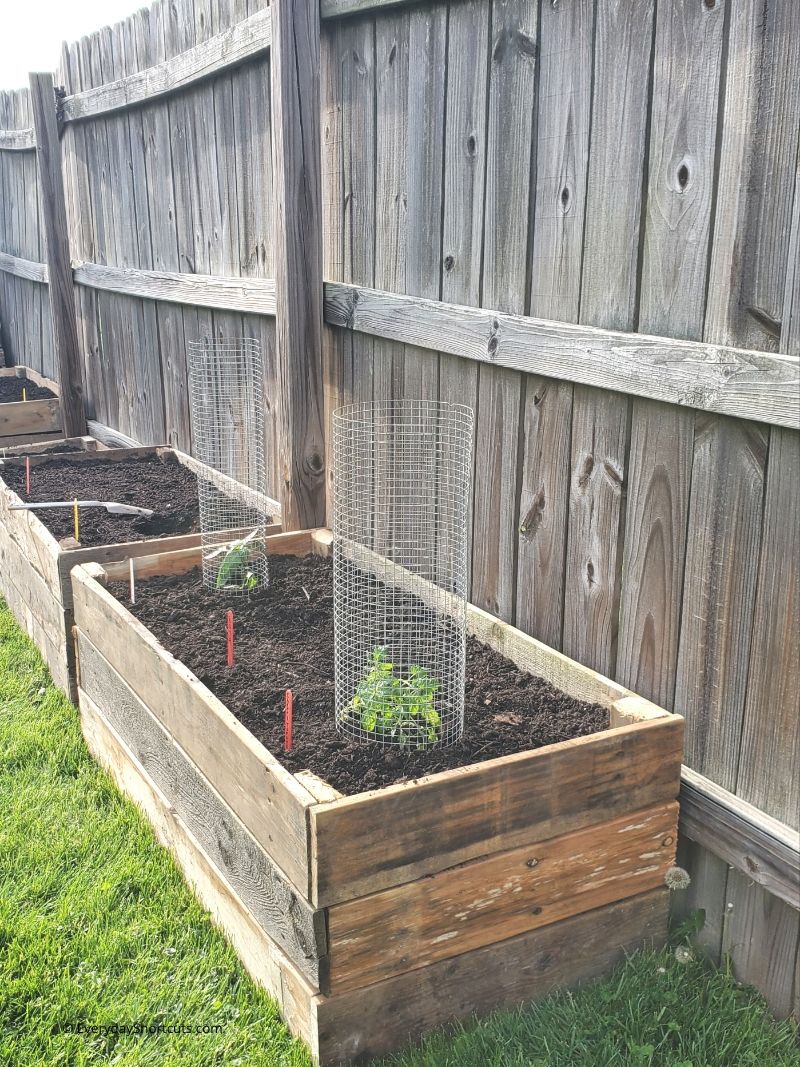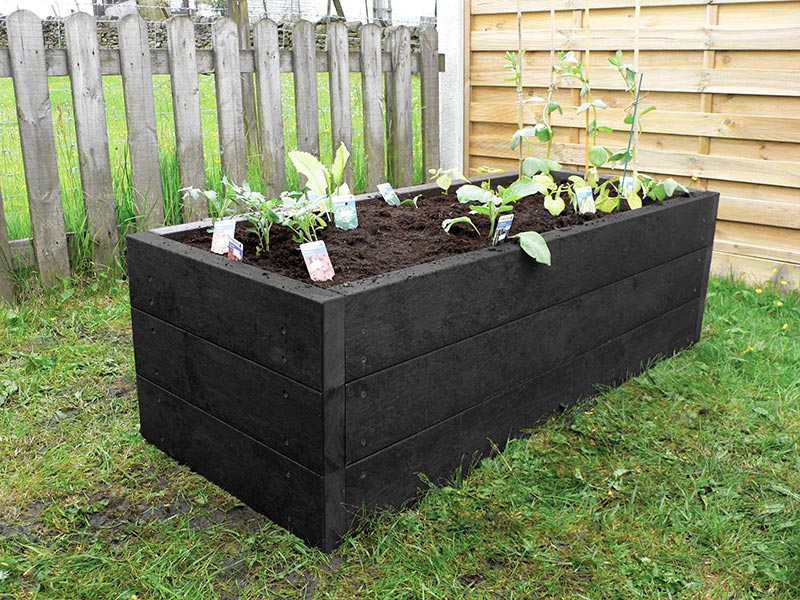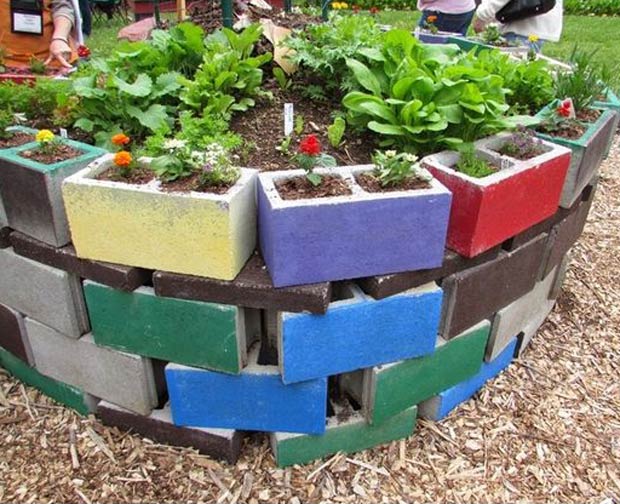How To Build Longlasting Raised Garden Beds
Introduction
Raised garden beds are a great way to improve your gardening experience. They can help to improve drainage, reduce pests and diseases, and make it easier to reach your plants. If you are thinking about building a raised garden bed, there are a few things you need to keep in mind in order to ensure that it will last for many years to come.
In this blog post, I will discuss the materials you need, the steps involved in building a raised garden bed, and some tips for making your bed last.
Materials
The materials you choose for your raised garden bed will depend on your budget and the climate in your area. Some popular materials for raised beds include:
- Wood: Wood is a natural and attractive material that can last for many years if it is properly treated. Cedar, redwood, and cypress are all good choices for wood raised beds.
- Plastic: Plastic raised beds are low-maintenance and can last for many years. However, they can be more expensive than wood beds.
- Concrete: Concrete raised beds are very durable and can last for decades. However, they can be difficult to build and can be heavy to move.
Steps
Here are the steps involved in building a raised garden bed:
- Choose a location: The location of your raised garden bed is important. It should be in a sunny spot that gets at least 6 hours of sunlight per day. It should also be in an area that is well-drained.
- Measure and mark the area: Once you have chosen a location, measure and mark the area where you want to build your raised bed.
- Dig out the soil: Use a shovel to dig out the soil in the marked area. The depth of the bed will depend on the type of plants you want to grow.
- Add drainage material: If your soil is not well-drained, you will need to add drainage material to the bottom of the bed. This can be gravel, sand, or crushed stone.
- Build the frame: If you are using wood for your raised bed, you will need to build the frame. The frame should be at least 6 inches high.
- Add the soil: Once the frame is built, you can add the soil to the bed. Use a high-quality potting mix that is designed for raised beds.
- Plant your plants: Once the soil is in place, you can plant your plants.
Tips for making your bed last
Here are a few tips for making your raised garden bed last:
- Use a good quality wood: If you are using wood for your raised bed, use a good quality wood that is resistant to rot and decay. Cedar, redwood, and cypress are all good choices.
- Treat the wood: Once you have built the frame, treat the wood with a preservative to help protect it from the elements.
- Water your plants regularly: Raised garden beds can dry out quickly, so it is important to water your plants regularly.
- Mulch around your plants: Mulching around your plants will help to keep the soil moist and suppress weeds.
Conclusion
Building a raised garden bed is a great way to improve your gardening experience. By following these tips, you can ensure that your bed will last for many years to come.
Are you looking for a long-lasting raised garden bed? Visit Home Gardening to learn more about our high-quality, durable raised garden beds. Our beds are made from recycled materials and are designed to last for many years. We offer a variety of sizes and styles to choose from, so you can find the perfect bed for your needs.
In addition to being long-lasting, our raised garden beds also offer a number of other benefits. They improve drainage, reduce soil compaction, and warm up earlier in the spring, which means your plants will start to grow earlier in the season. They also make it easier to garden, as you won't have to bend over as much.
If you're looking for a long-lasting, high-quality raised garden bed, visit Home Gardening today. We're confident that you'll be happy with your purchase.
FAQ of long lasting raised garden beds
What are the most durable materials for raised garden beds?
The most durable materials for raised garden beds are western red cedar, galvanized steel, and masonry. Western red cedar is naturally rot-resistant and can last for 10 to 15 years. Galvanized steel is also very durable and can last for 20 years or more. Masonry raised beds are the most durable of all, but they can be more expensive to build.
What are the steps to building a long lasting raised garden bed?
The steps to building a long lasting raised garden bed are:
- Choose the right materials.
- Measure and cut the materials to size.
- Assemble the frame.
- Add the soil.
- Plant your vegetables.
It is important to use high-quality materials and to build the frame sturdy. The soil should also be well-drained and amended with compost.
How can I extend the lifespan of my raised garden bed?
There are a few things you can do to extend the lifespan of your raised garden bed:
- Use rot-resistant materials.
- Seal the wood with a water-resistant sealant.
- Keep the bed free of moisture.
- Repair any damage promptly.
What are some tips for planting in a raised garden bed?
Here are some tips for planting in a raised garden bed:
- Use a high-quality potting mix.
- Plant the vegetables at the correct depth.
- Water the bed regularly.
- Fertilize the bed as needed.
- Control pests and diseases.
What are some of the benefits of using raised garden beds?
There are many benefits to using raised garden beds, including:
- Easier access for gardening.
- Improved drainage.
- Better soil aeration.
- Increased yields.
- Less weeding.
Image of long lasting raised garden beds
- Western red cedar raised bed. This is a classic choice for raised beds, as cedar is naturally rot-resistant and can last for many years.

- Galvanized steel raised bed. Galvanized steel is another durable option that can last for decades.

- Concrete raised bed. Concrete is the most durable option, and can last for centuries. However, it is also the most expensive.

- Brick raised bed. Brick is another durable option that can last for many years.

- Stone raised bed. Stone is a very durable option that can last for centuries. However, it is also the most expensive.

- Wooden pallet raised bed. Pallets are a free and easy way to create a raised bed. However, they are not as durable as other options.

- Rubber tire raised bed. Old tires can be used to create a raised bed that is both durable and low-cost.

- Plastic raised bed. Plastic raised beds are a low-cost and easy-to-maintain option. However, they are not as durable as other options.

- Upcycled materials raised bed. You can use any upcycled materials you have on hand to create a raised bed. This is a great way to be creative and save money.

- Combination raised bed. You can combine different materials to create a raised bed that is both durable and unique.
Post a Comment for "How To Build Longlasting Raised Garden Beds"